Software
Cranial implant design software
For Augmedit I created software for the semi-automatic design of cranial implants. These implants can be 3D-printed in the hospital. This enables the surgeon to rapidly create and print an implant, a process which is conventionally slow and expensive.
The application uses a hybrid PC/AR workflow, in which the surgeon can create the implant on the PC, and then seamlessly watch and edit it on the Hololens 2. Tests of the software will be conducted at the Universitätsspital Zurich.
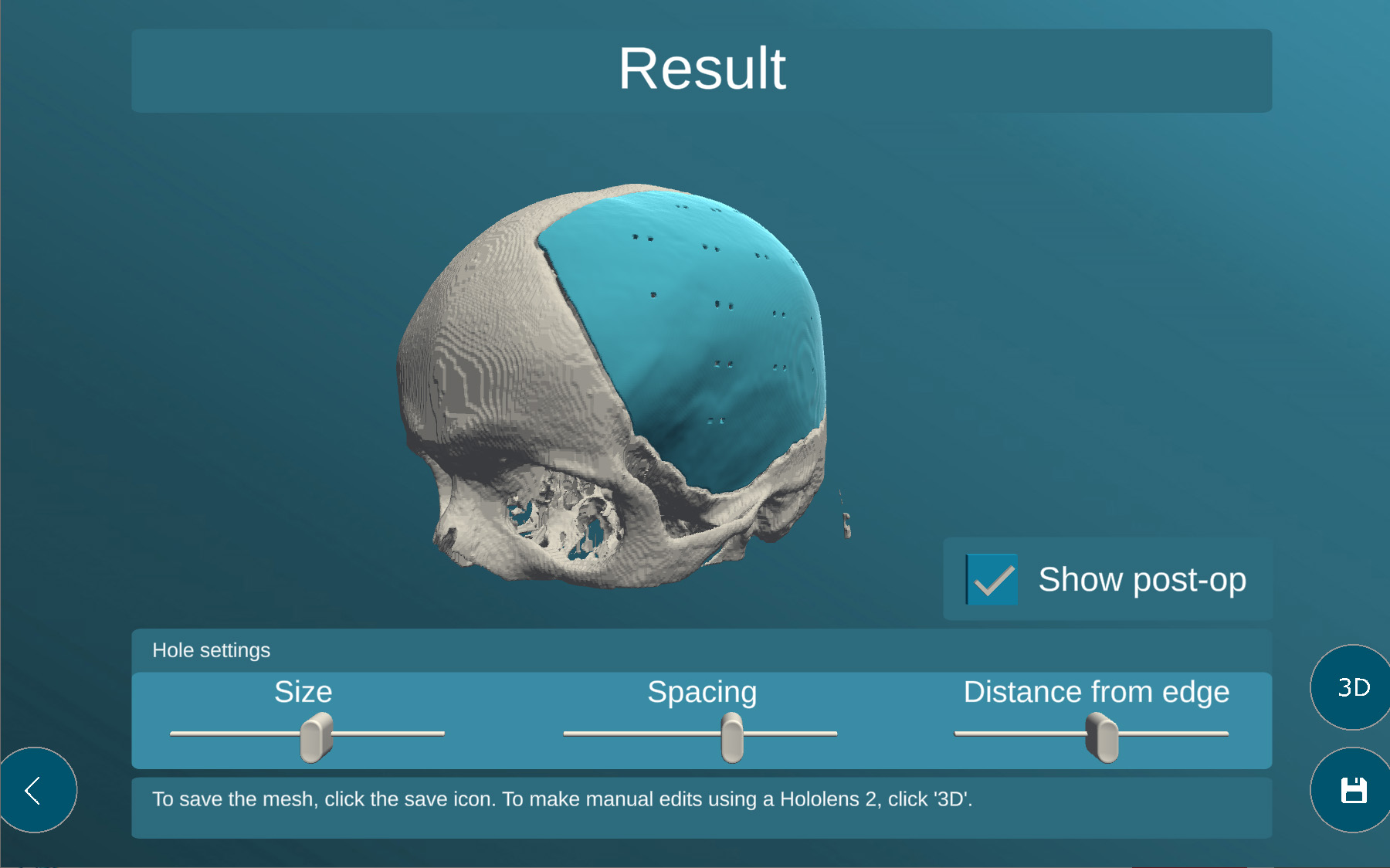
Wintor XR demo's
For Wintor I rapid-prototyped multiple AR and VR demos for Oculus quest, Hololens 2, and Android.
Technologies used were Unity, Kinect Azure and 360 degree video capture.
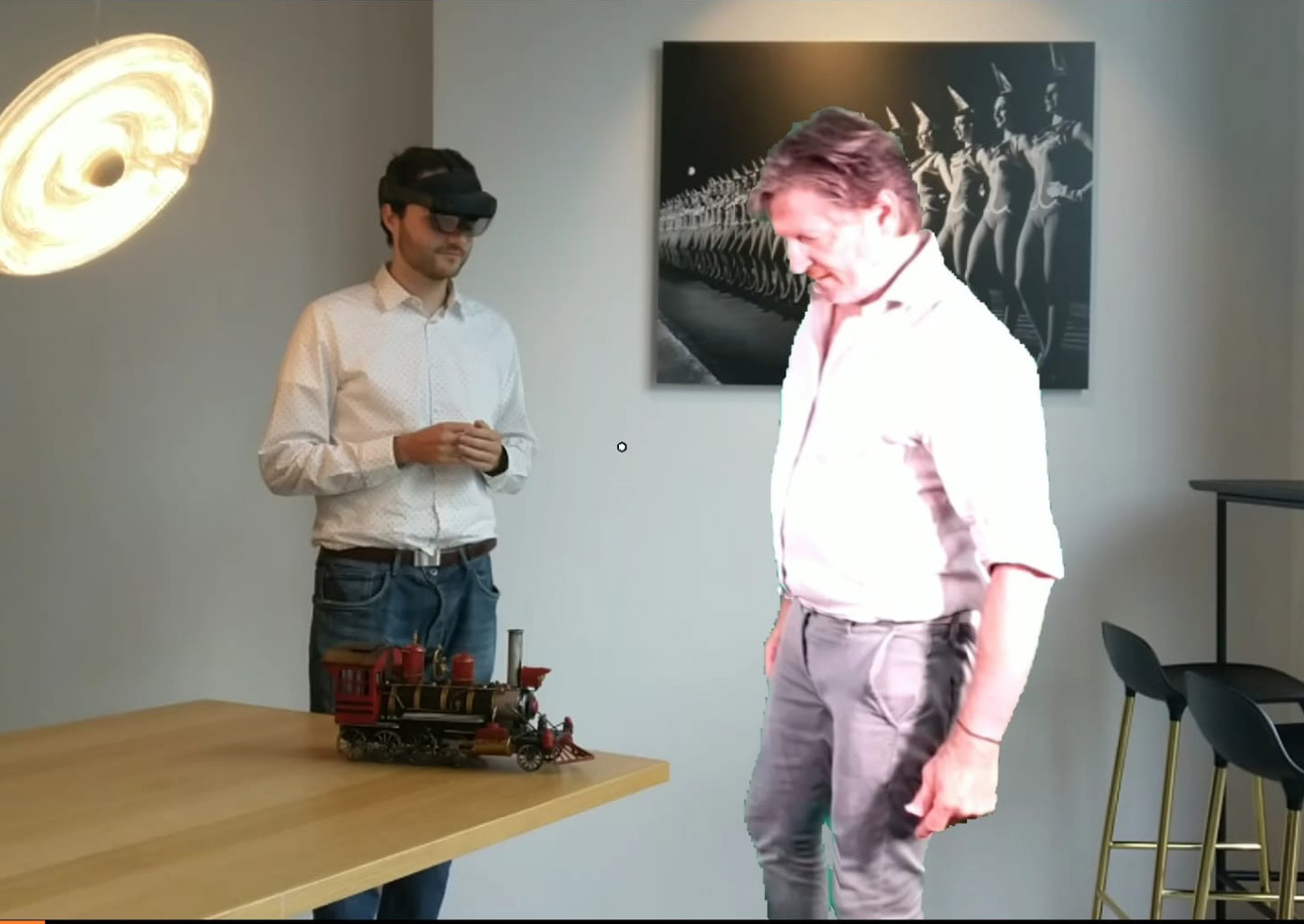
Hololearn
Together with Holomoves and Bureau Nauta I developed an AR e-learning application for health care providers at the UMC Utrecht. In this application, participants experience multiple scenarios in a local multiplayer setting. Technologies used were Unity, Hololens 2, Microsoft Azure.
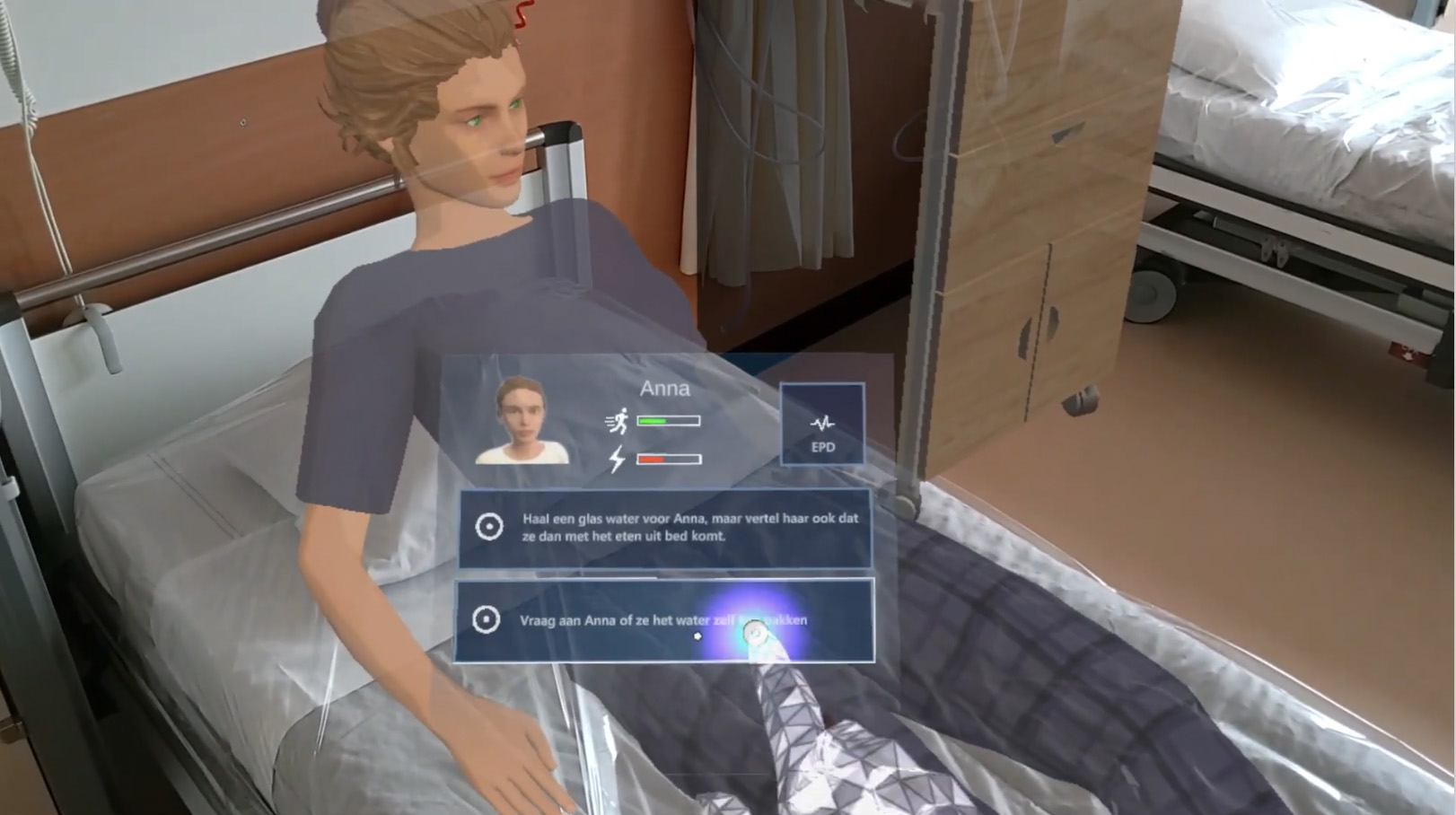
TogetherVSTAR: Remote meetings in VR and AR
During my graduation internship at TNO I created a social XR application. With this application up to three participants can be captured in 3D using an Azure Kinect depth camera, to be virtually reconstructed in the Unity3D game engine.
All participants are placed in a shared environment in VR, or the remote participants are placed in the local environment in AR using a Zed Mini camera.
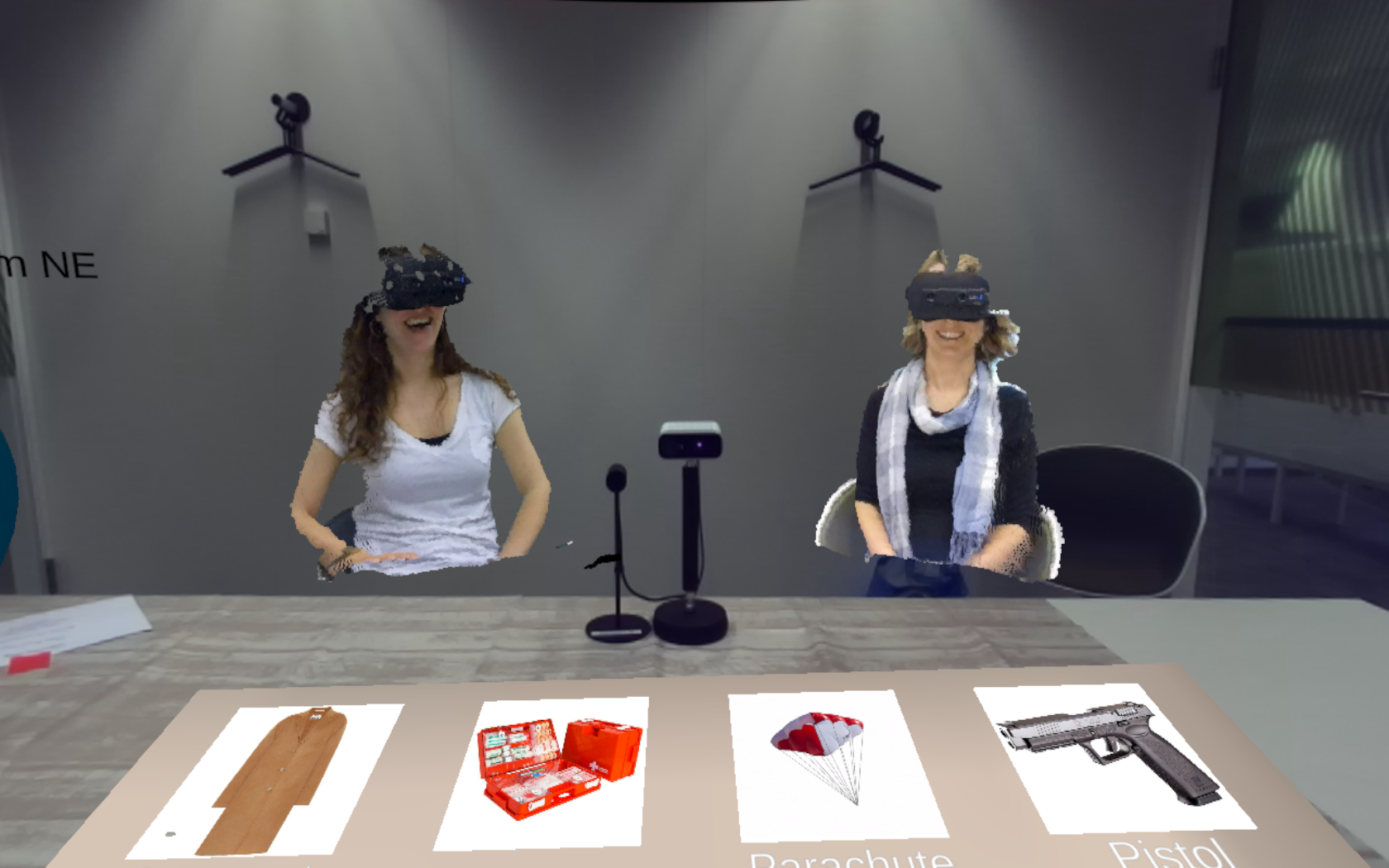
Ray-tracer (Whitted style)
A Whitted-style Ray-tracer that I wrote in C++ and CUDA.
It supports loading fbx-meshes, textures, multiple types of light sources, depth-of-field, simple animation, and GPU rendering.
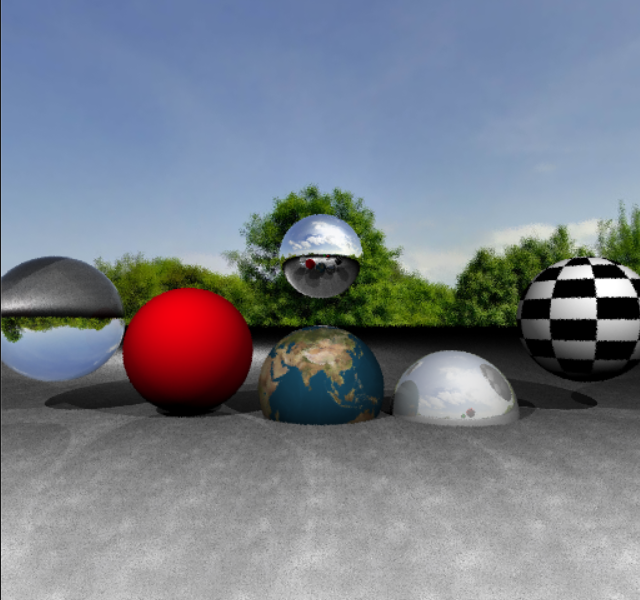
Grandma's Groceries: Cloth Simulation for Unity
Together with Nick Brouwer I created a cloth simulation addon for the Unity game-engine.
The plugin models a mass spring system, to simulate the elasticity found in different kinds of cloth. As input it takes any standard .fbx file. The simulation uses Verlet integration and is able to interact with standard Unity colliders.
Move That Mutton!
A small game I created together with some students from Utrecht University.
In this game you are a sheepdog, and the aim is to herd all the sheep into their pen. The behaviour of the sheep is simulated using the crowd simulation software from uCrowds
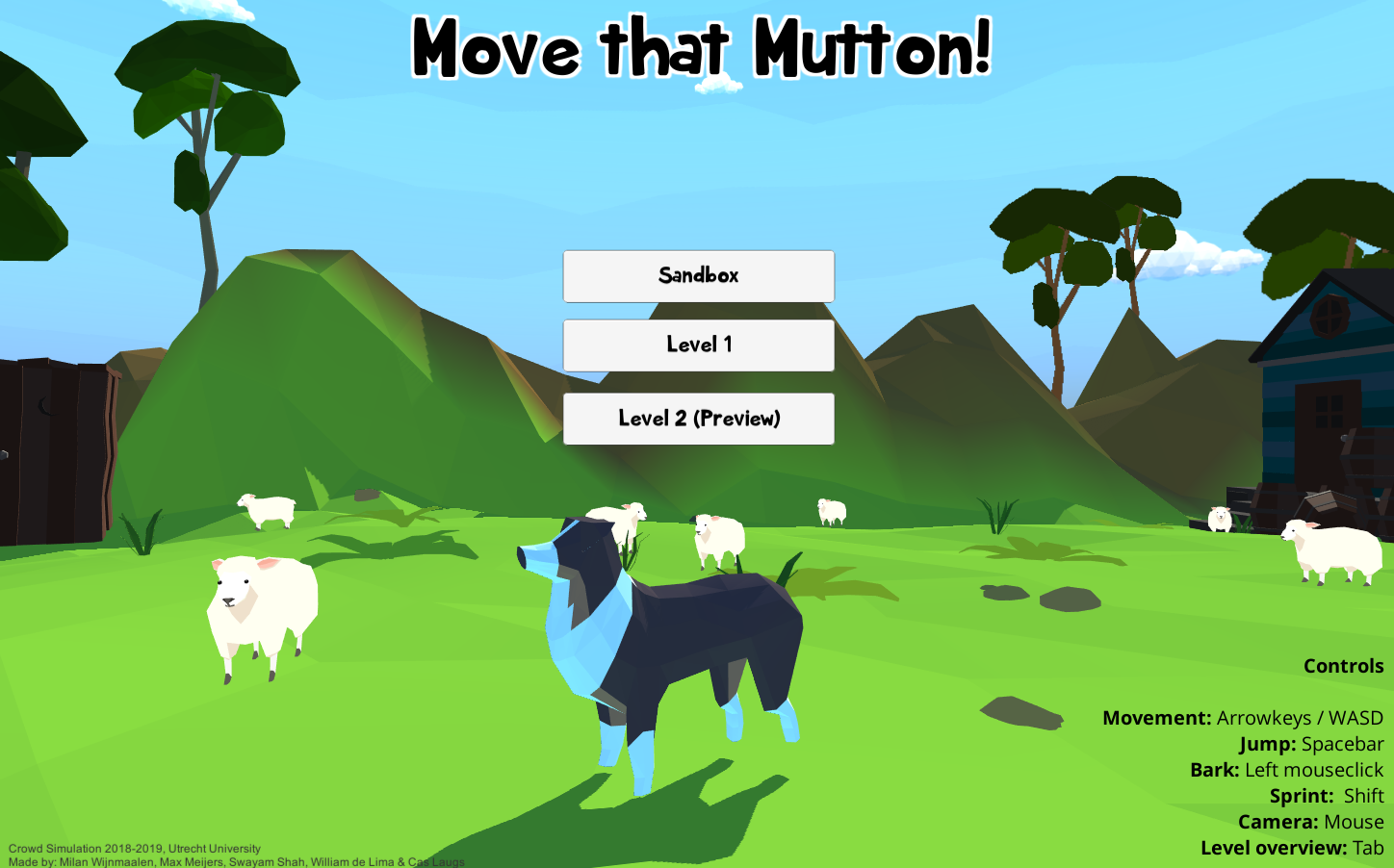
Plinko Simulation
Plinko is a game show shown on American television. To play the game, a participant releases a puck above the Plink board, where it enters the board through one of the input slots. It then falls through the board into one of the prize slots.
To answer the age old question "Which input will give me the highest chance for a prize?", I created a program to simulate the fall of a puck through the board. The simulation is as physically accurate as possible, using the correct gravity, dimensions and coefficient of restitution. The simulation is written in C++ using OpenFrameworks.
We found that the middle input has a 14,52% chance to hit the jackpot, which is 2,44% higher than the average probability for all inputs, which is 12,08% chance to win the jackpot. The average prize awarded is also highest for the middle input at $1815,56; However, this is also the input with the highest probability of not winning any prize by ending up in the exit slot worth $0.
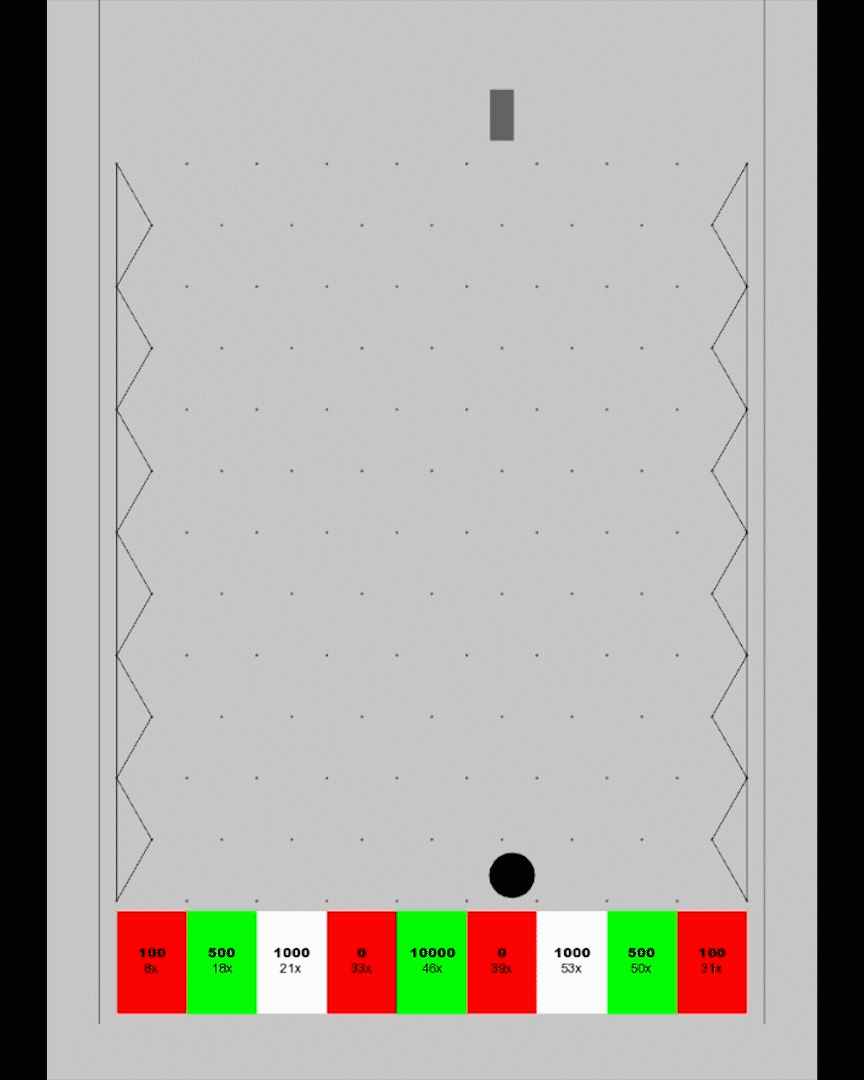
VR Playground (Prototype)
Inspired by Google's Tilt Brush I created a VR experience for the Oculus Rift in combination with the Oculus Touch controllers. In this experience you can draw your own shapes in 3D, and pick them up and throw them around.
It invites the player to create their own games. Draw a basketball net and toss some balls, play baseball using your self-drawn bat, or lose yourself in space mode where there's no gravity.